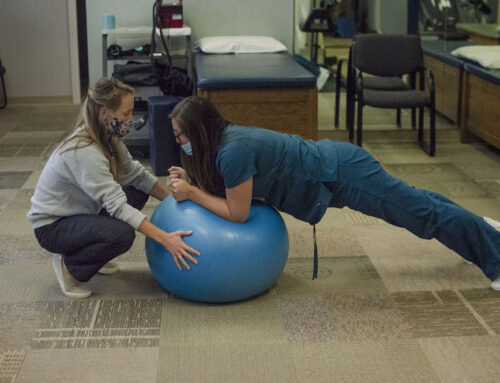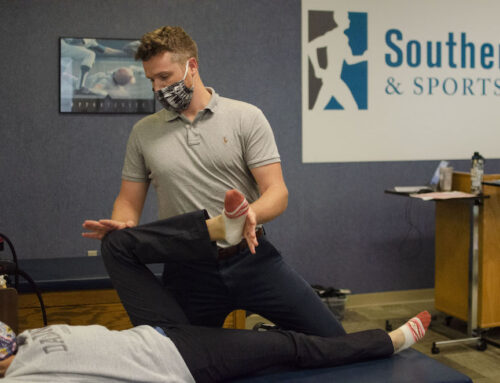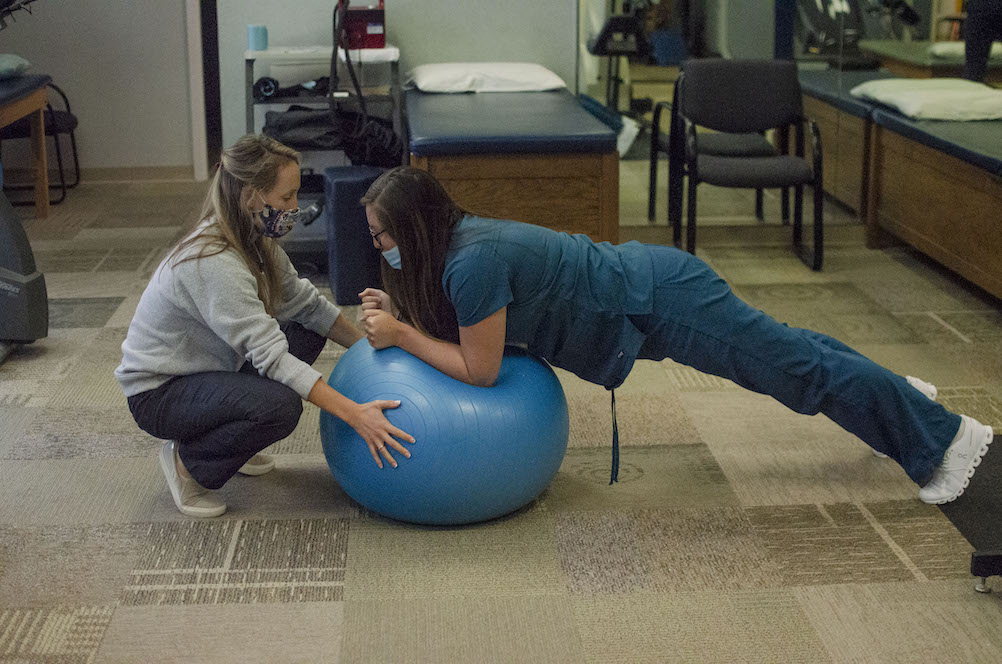What is Sciatica?
Sciatica is a broad term used to describe pain in the back of the leg. True sciatica occurs due to injury or irritation somewhere on the sciatic nerve, but the term is often applied to pain in the leg caused by other issues, such as arthritis or joint problems. The sciatic nerve runs from the lower spine down the back of the leg and into the toes, and sciatica pain can occur anywhere along its route.
Physical Therapists are well trained to differentiate the various causes of sciatica and other ailments that fall under the sciatica umbrella. The root cause of sciatica can originate in various parts of the body, including the back and hips. It can be caused by an issue in the spine and can also originate in muscles, such as when the piriformis muscle compresses the sciatic nerve.
Sciatica affects people in a wide age range, from those in their twenties to seniors in their seventies and beyond. The onset of sciatica varies as well, with some people experiencing a sudden onset and some having mild pain which worsens over time.
One common factor in developing sciatica is a sedentary job or lifestyle, such as people with desk jobs or those who drive for a living. There can also be an overuse component, especially in cyclists whose forward leaning posture stresses the sciatic nerve.
How is Sciatica Treated?
The treatment for sciatica depends on the root cause of the pain. A physical therapist will first evaluate a patient to determine whether the discomfort is caused by sciatica or is another issue. If a therapist suspects the pain is not sciatica, they can make an appropriate physician referral.
If the pain is sciatica, the therapist will determine where the problem is originating. The therapy is then tailored to the root cause and type of pain. Common treatment approaches combine manual therapies (such as manual adjustments and dry needling) with exercises.
When appropriate, physical therapists may use a manual approach to assist certain joints in moving more smoothly to improve function and decrease pain. These hands-on approaches can be initiated during a patient’s first visit to the clinic.
Dry needling is a therapy approach to treat musculoskeletal pain. It involves tiny needles being inserted into tight bands of muscle in affected areas. Dry needling has been demonstrated to be an effective treatment for reducing inflammation, decreasing muscle tightness, and improving flexibility.
Most sciatica patients receiving physical therapy are provided with a home exercise program. Performing the exercises may reduce the number of visits required to resolve sciatica as well as reduce the risk of re-occurrence. The length of sciatica treatment depends on several factors, including the age of the patient and the root cause of the pain.
Do I need a physician referral?
No, you do not. Most insurance covers the cost of physical therapy without a referral from a physician. While an office visit to a physician may involve expensive testing, a physical therapist can more quickly assess the cause of pain and immediately work to resolve the underlying issue. Since a physician referral is not needed, those with sciatica may skip unnecessary doctor visits and testing by making a physical therapy appointment.
If you suspect you may be suffering from sciatica, call one of our three offices in LaGrange, West Point, and Columbus and talk to one of our trained therapists, or request an appointment in the form below.









